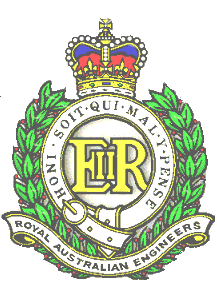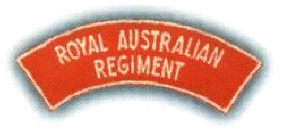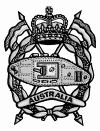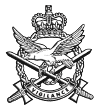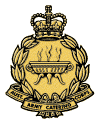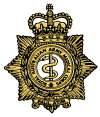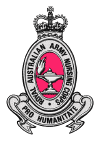 |
|
|||
|
|
||||
 |
The badge
consists of a Tudor Rose resting on a wreath of laurel, surmounted by
the Queen's Crown, over a scroll bearing the title 'Australian Intelligence
Corps'.
The symbolism enshrined in this badge is that the Tudor Rose is for confidentiality and trustworthiness, the laurel wreath is an ancient Roman symbol for victory and honour, the crown is for allegiance to the Head of State. |
 |
| The current style of Corps badge was introduced on 29 July 1949. After the coronation of Queen Elizabeth II, the badge was modified in 1953, by replacing the Tudor (Kings) Crown (as seen on the old badge), with the St Edward's Crown (Queens Crown). |
 |
Dress
regulations for the original Corps allowed for 'regimental badges'.
The badge shown is known to have been worn prior to WW1.
It is not known whether this badge was officially approved, though as it featured a Tudor Crown, it should have had Royal assent. The blue colour is derived from the authorised facings for the Corps uniforms. Note the motto, which is still used by the Corps today. Details from Intelligence Corps Association |
